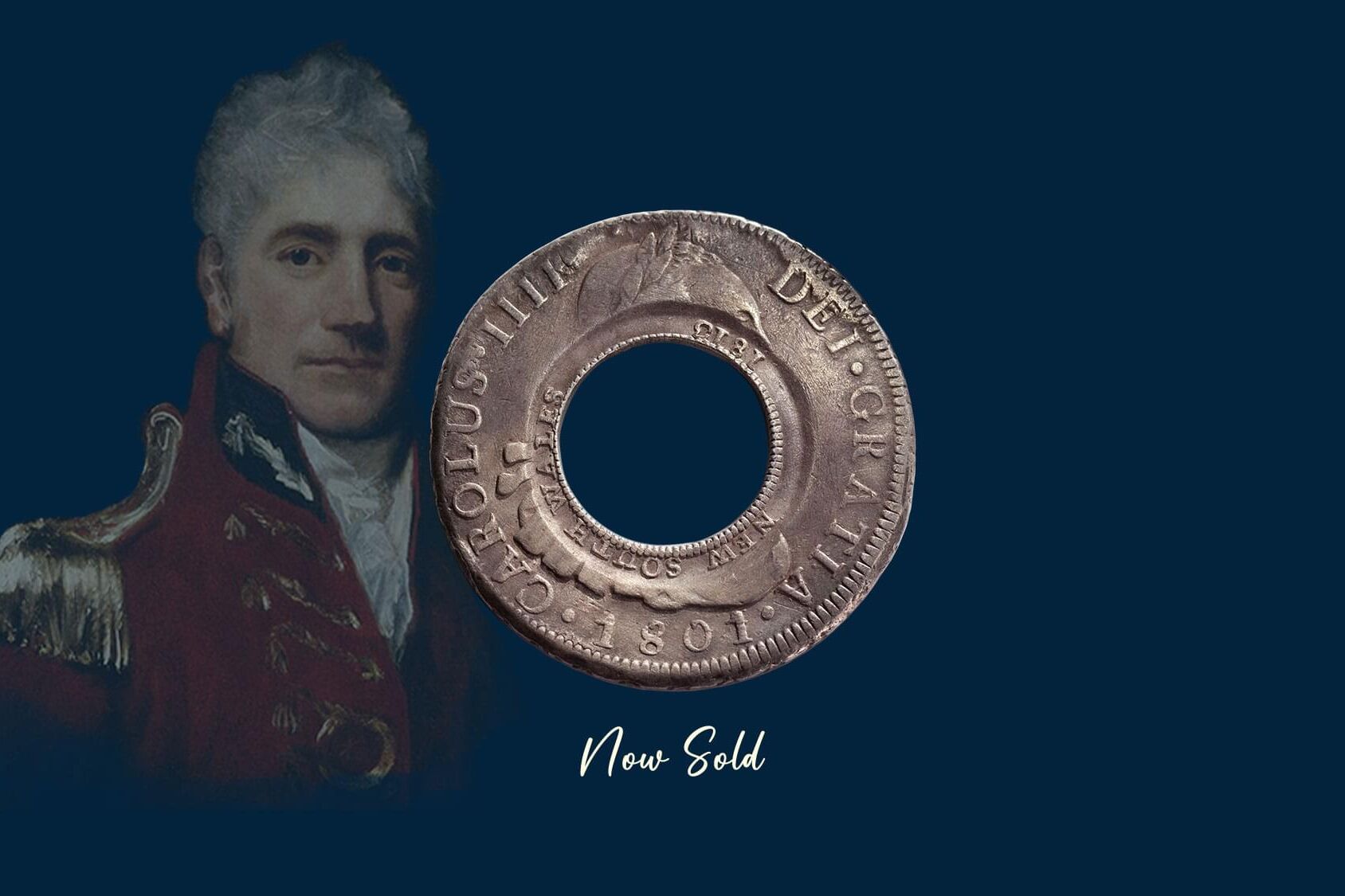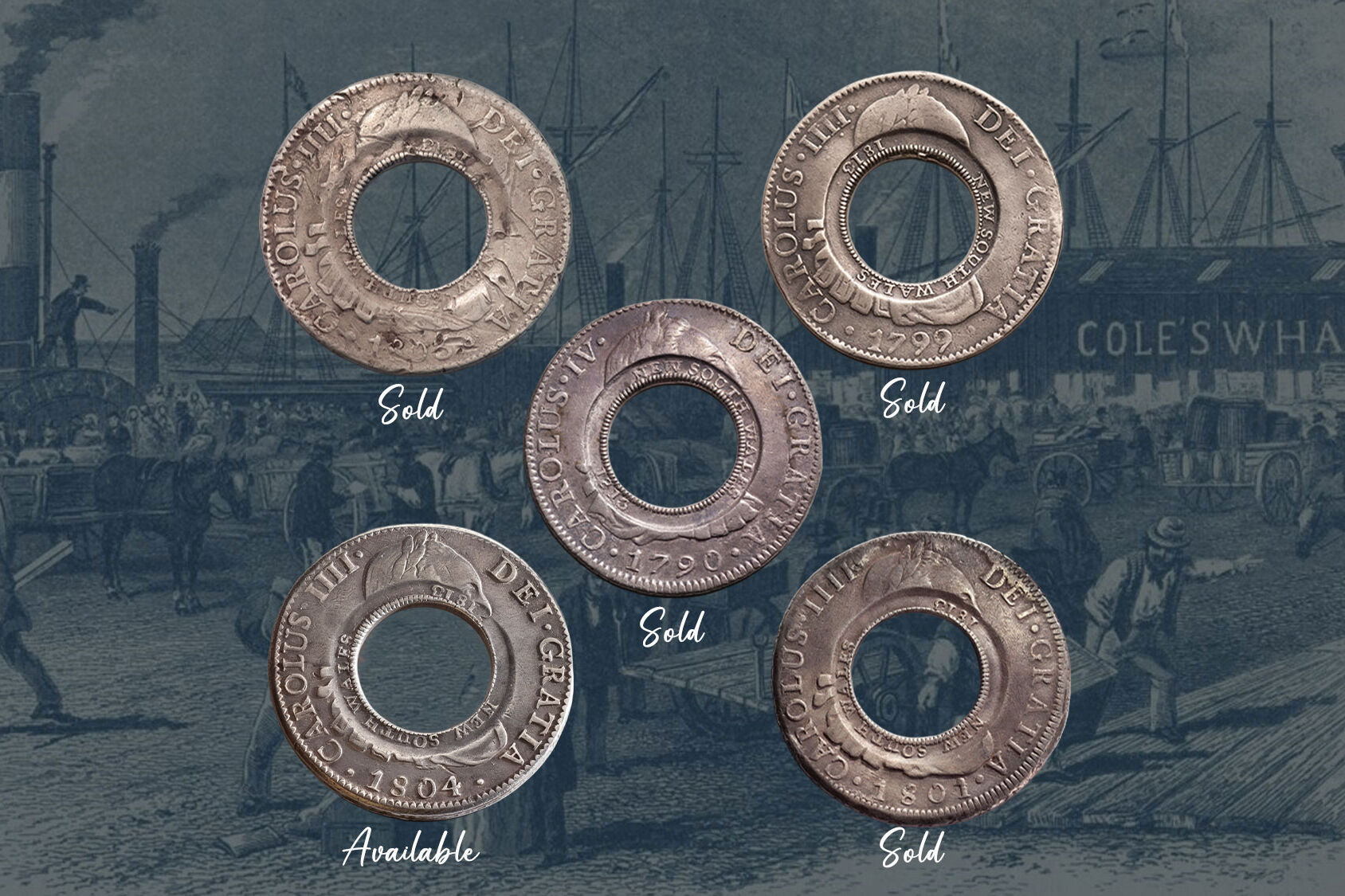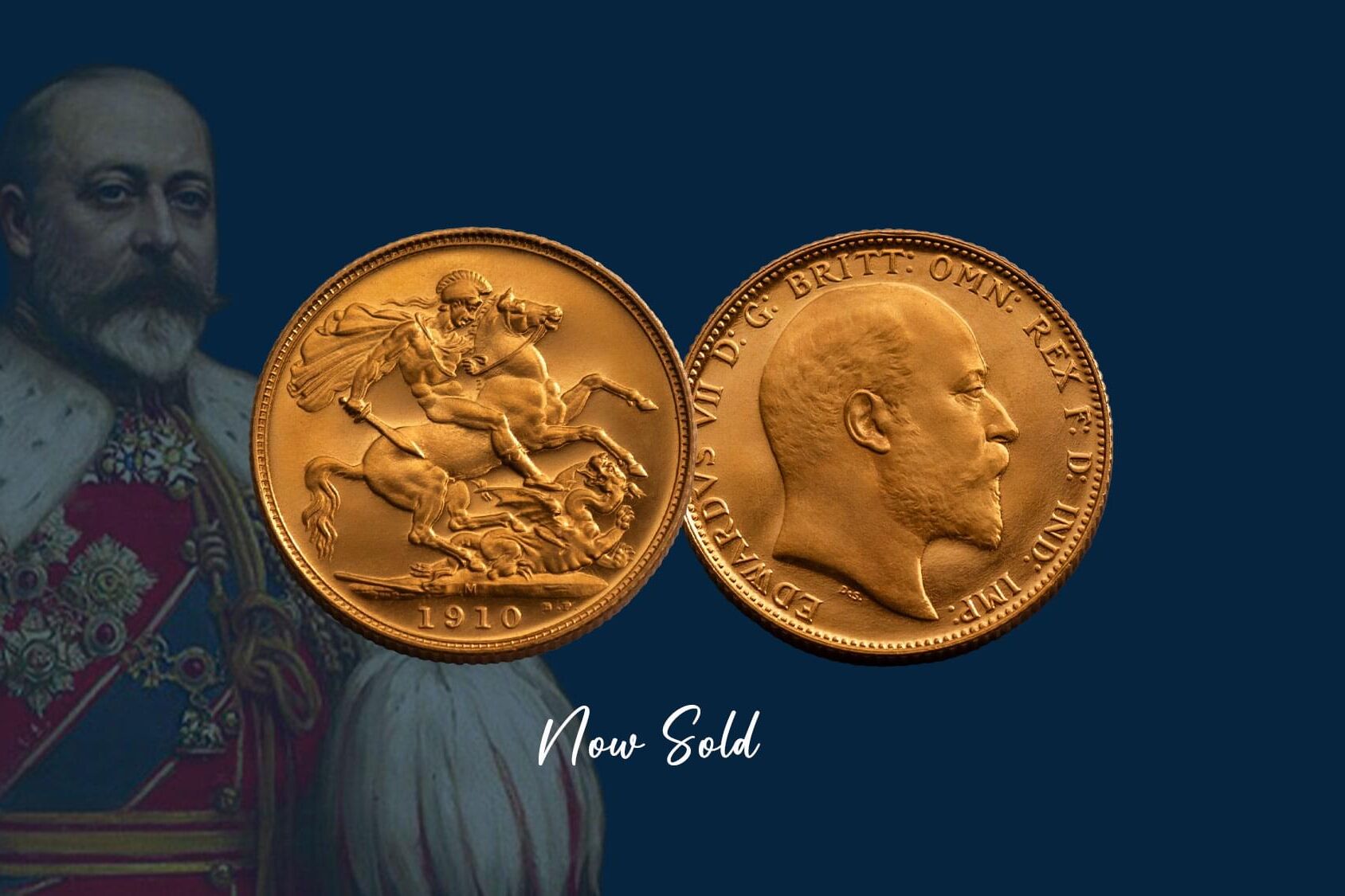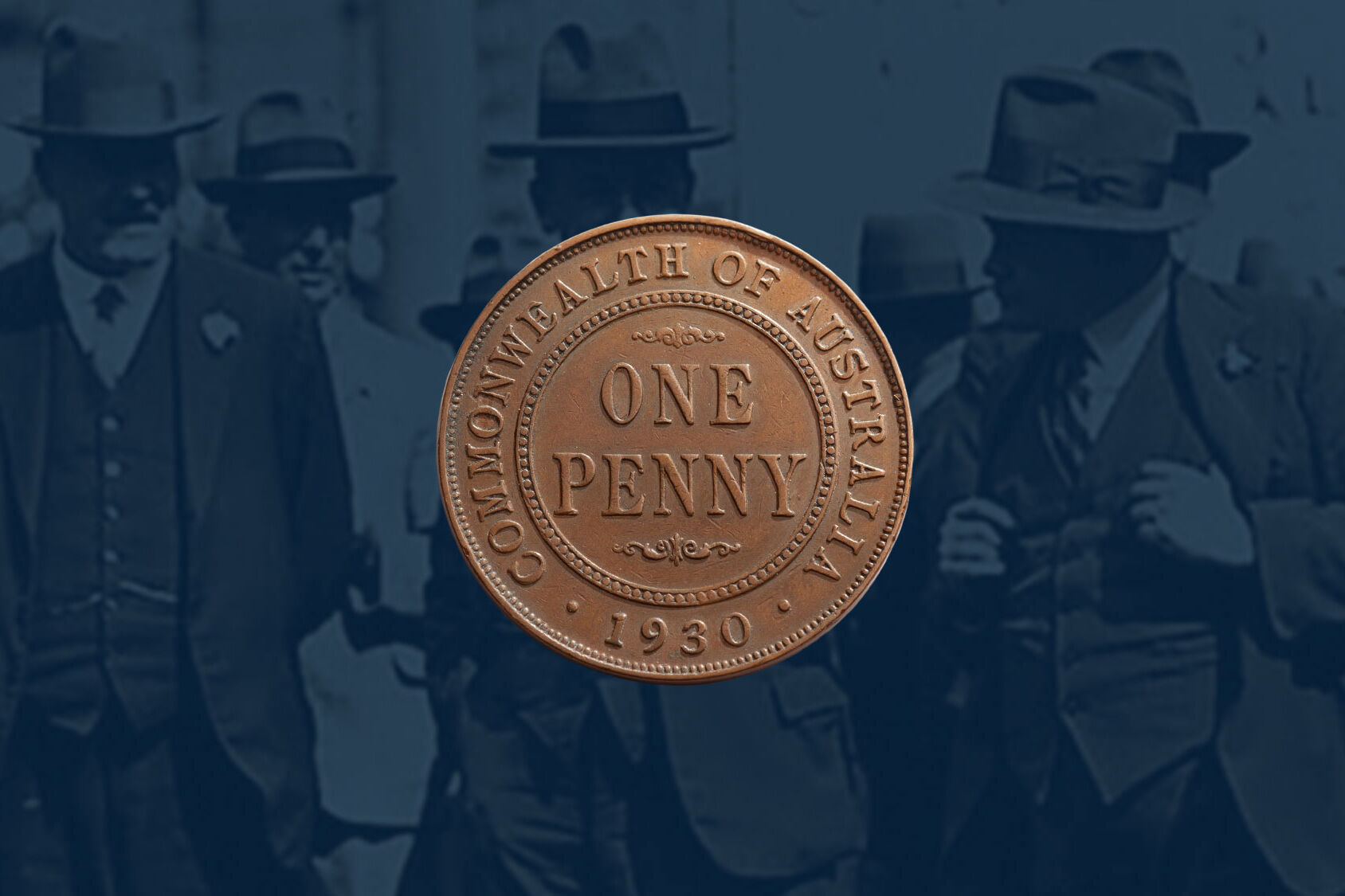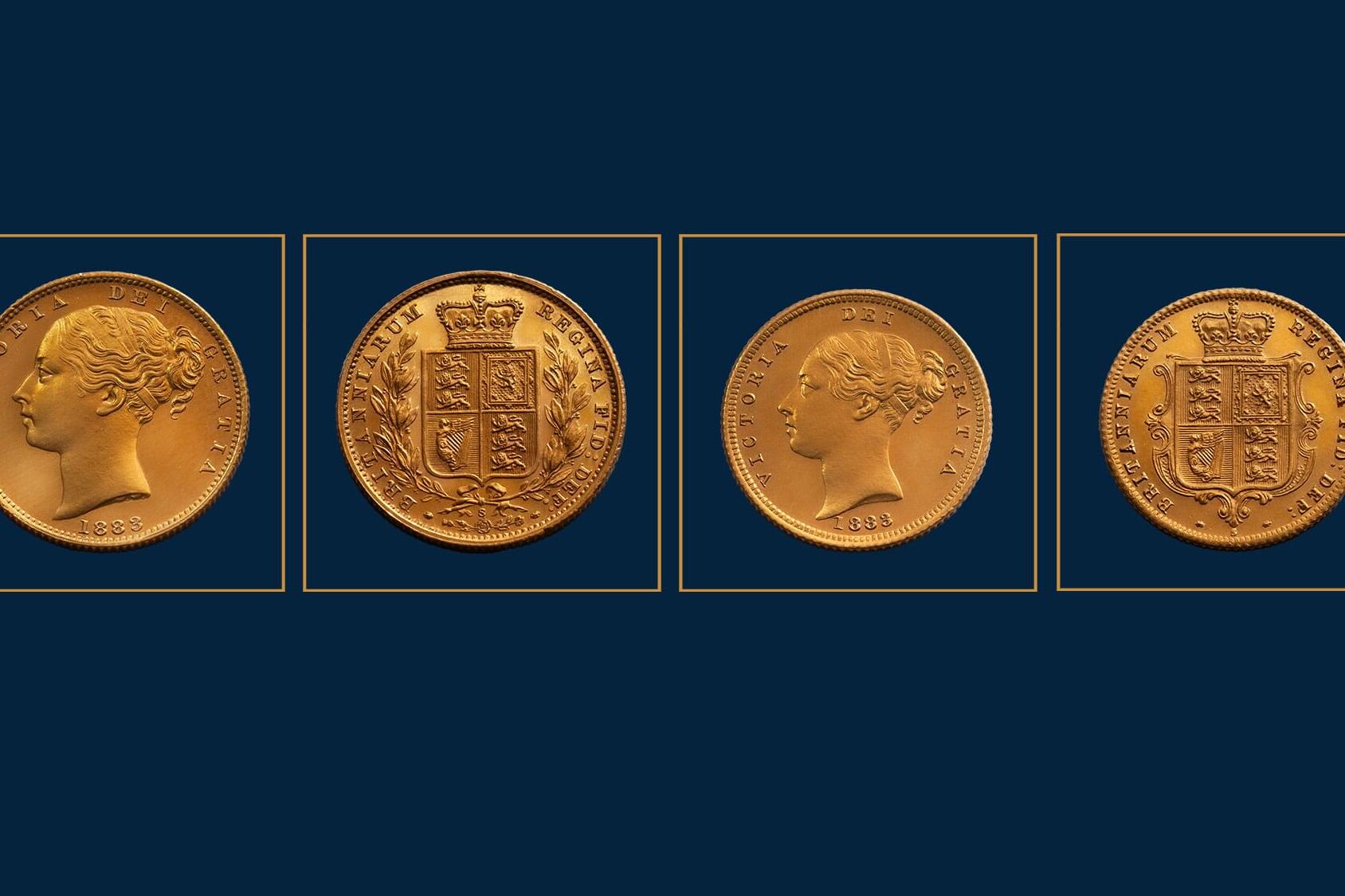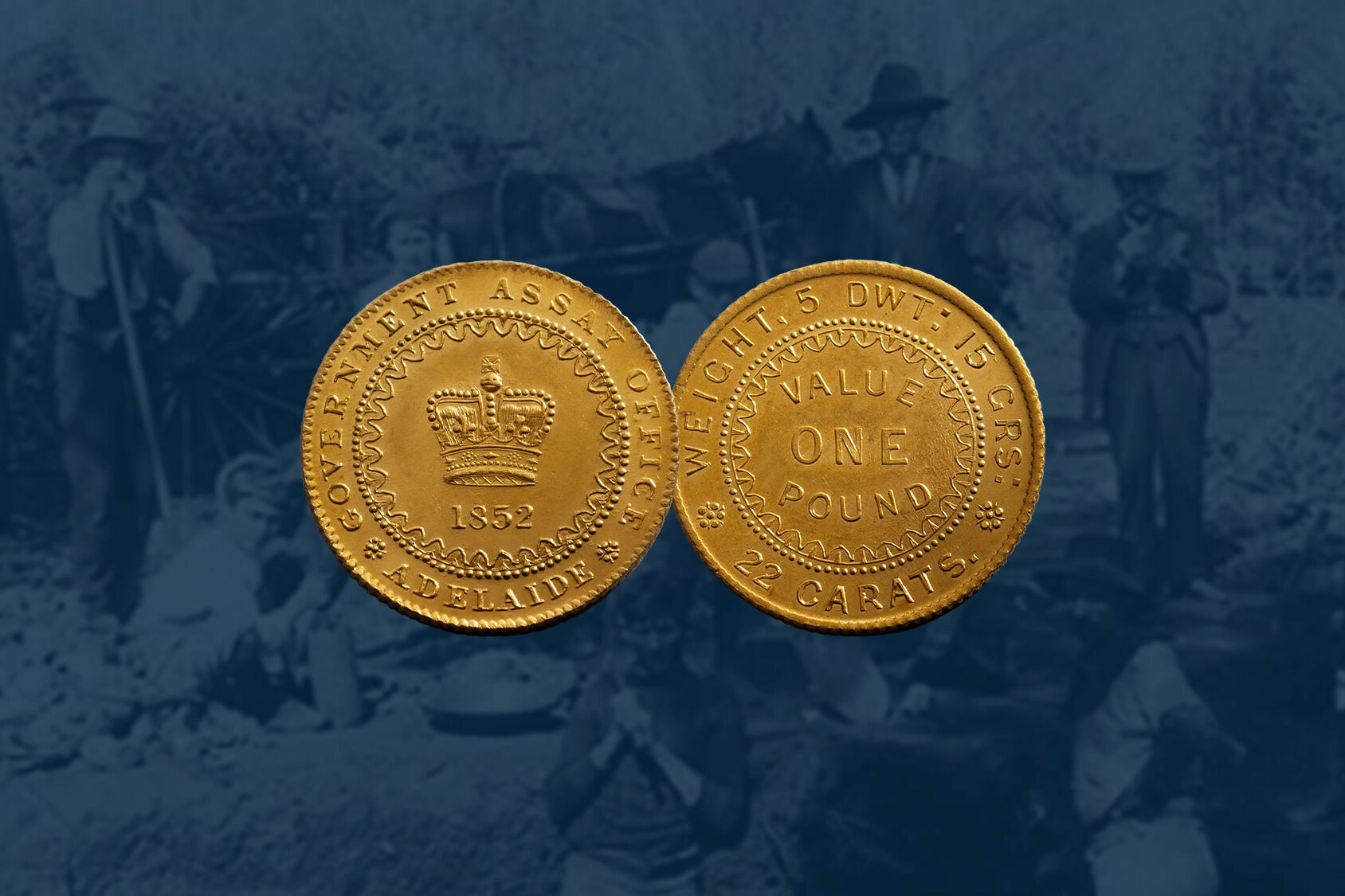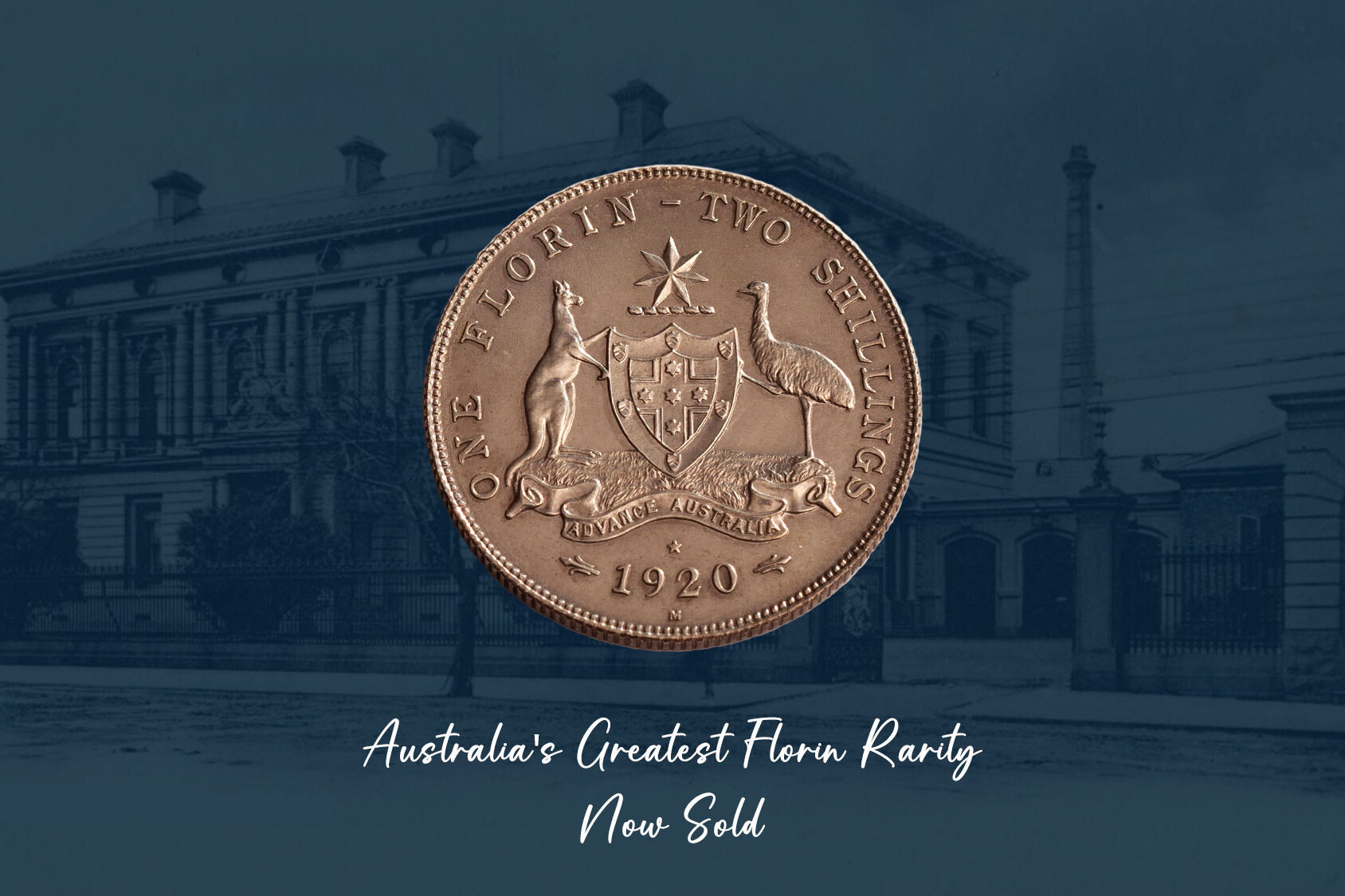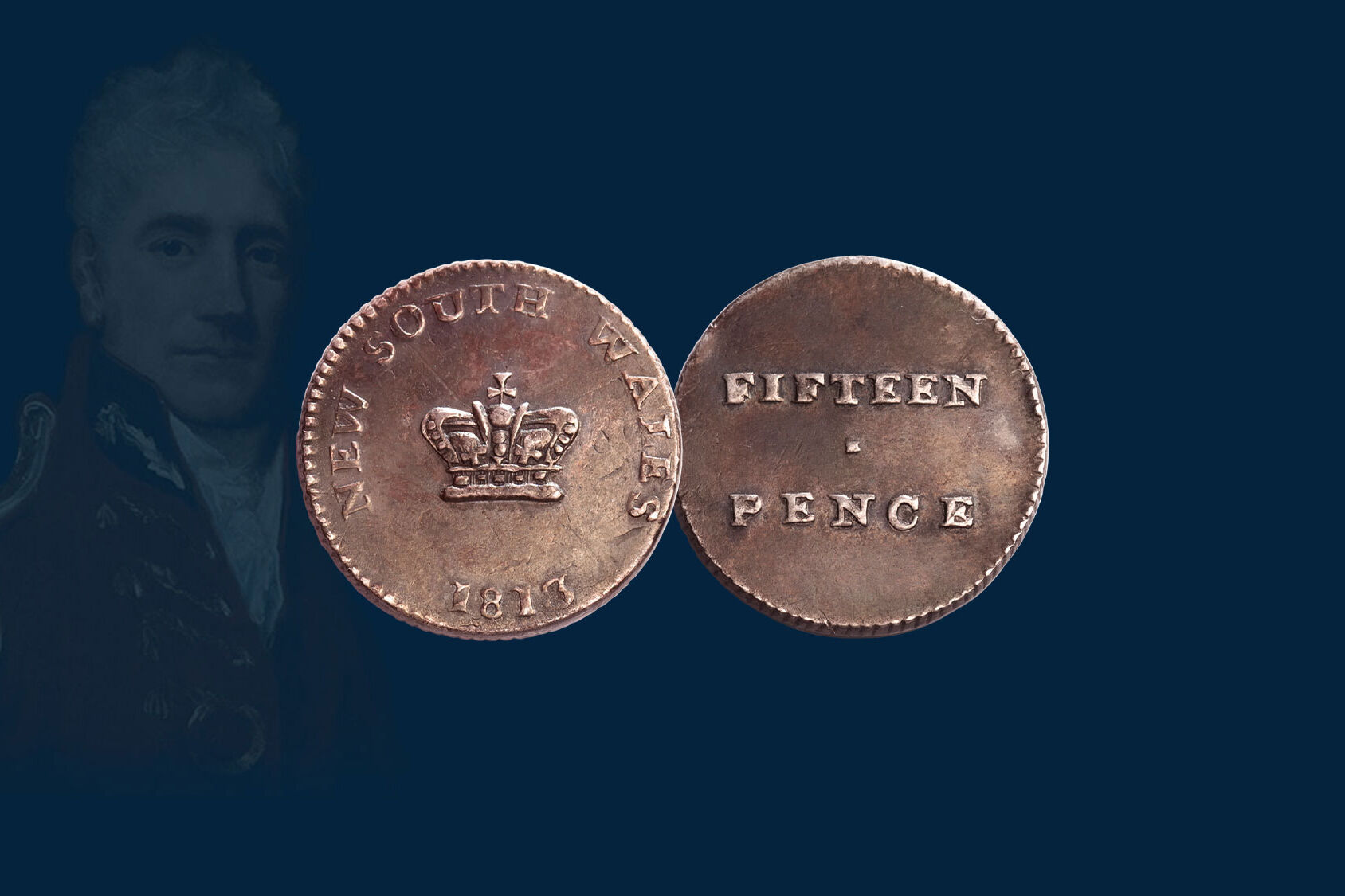The flying kangaroo is our national symbol and it has never looked so good as it does on the Proof Coins from the Perth Mint (1940 to 1954).
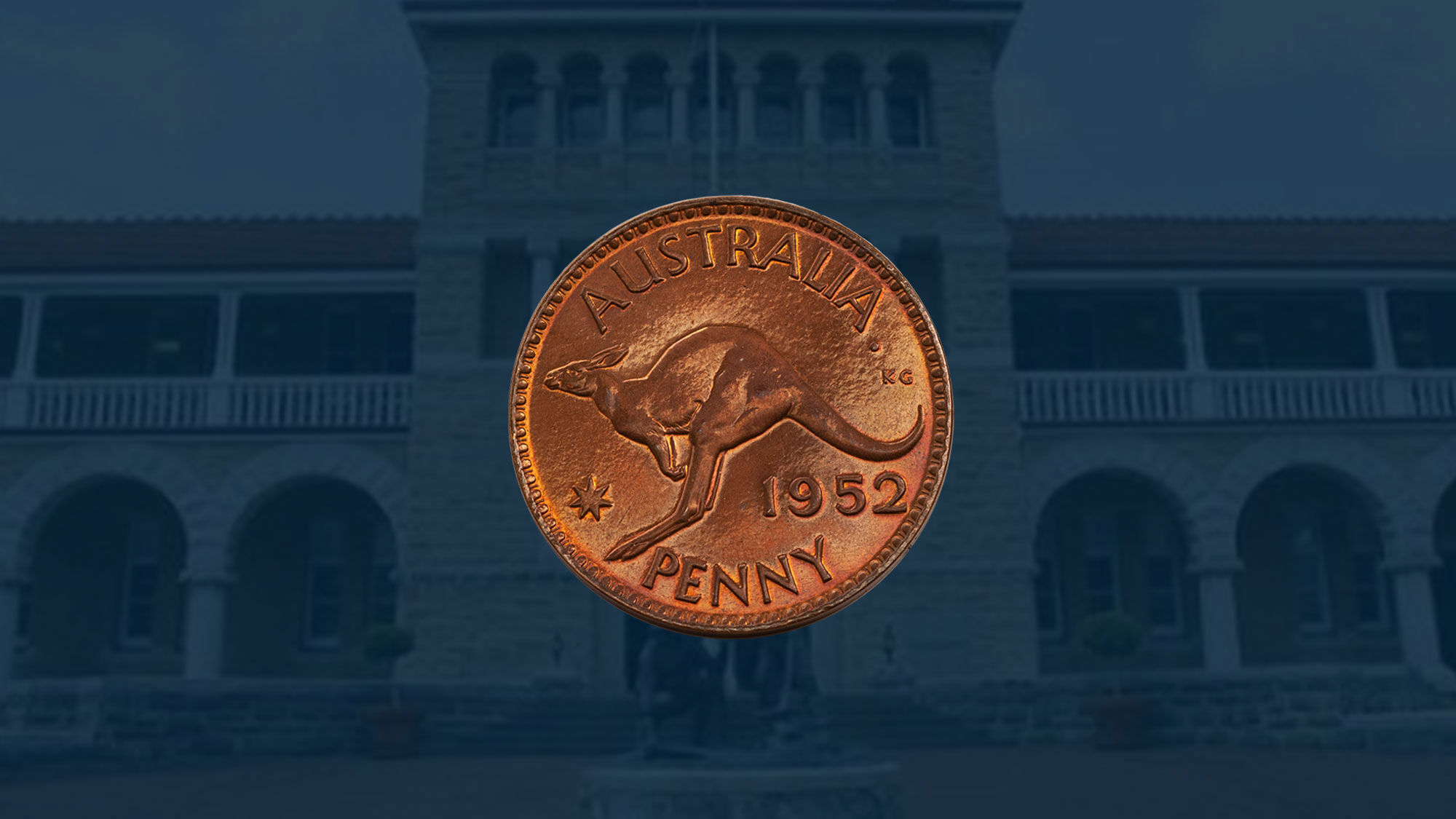
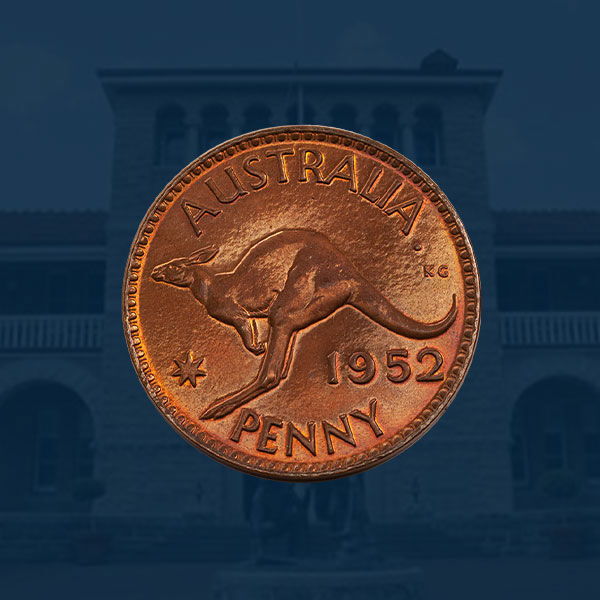
Five reasons why Perth Mint proof coins are worth owning.
1. Brilliantly preserved proof coins of the Perth Mint are unrivalled for quality.
The coins not only display superb levels of detail in their design, but qualities and colours that are simply unmatched by those of the Melbourne Mint. Each coin is a work of art, as individual, and as beautiful, as an opal. When you look at the proofs shown above, you can only but agree.
In an article published in the Journal of the Numismatic Association of Australia 2005, renowned numismatist Paul Holland contends that the Perth Mint proofs seemed to have been created for unaided vision, the point here being that a collector would not need an eye-glass to take in their beauty.
He also contends that the 1951-PL proofs from the Royal Mint London came to be viewed as the best possible model for what Perth Mint bronze proofs should look like for the PL copper proofs, as a general rule, are stunning. Visually impactful.
When you look at the Proof Pennies shown above you can't help but feel that Holland was spot-on with his assessment.
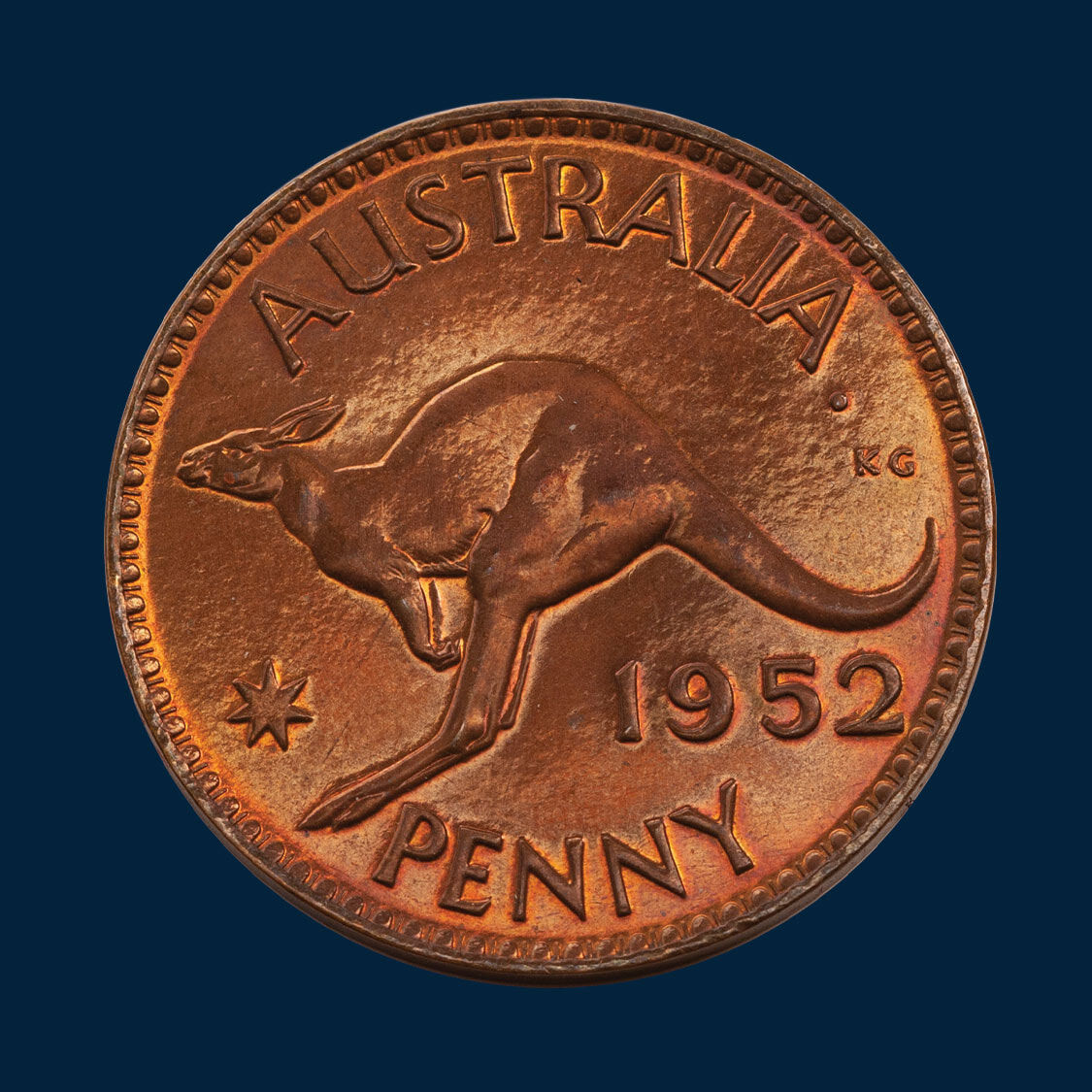
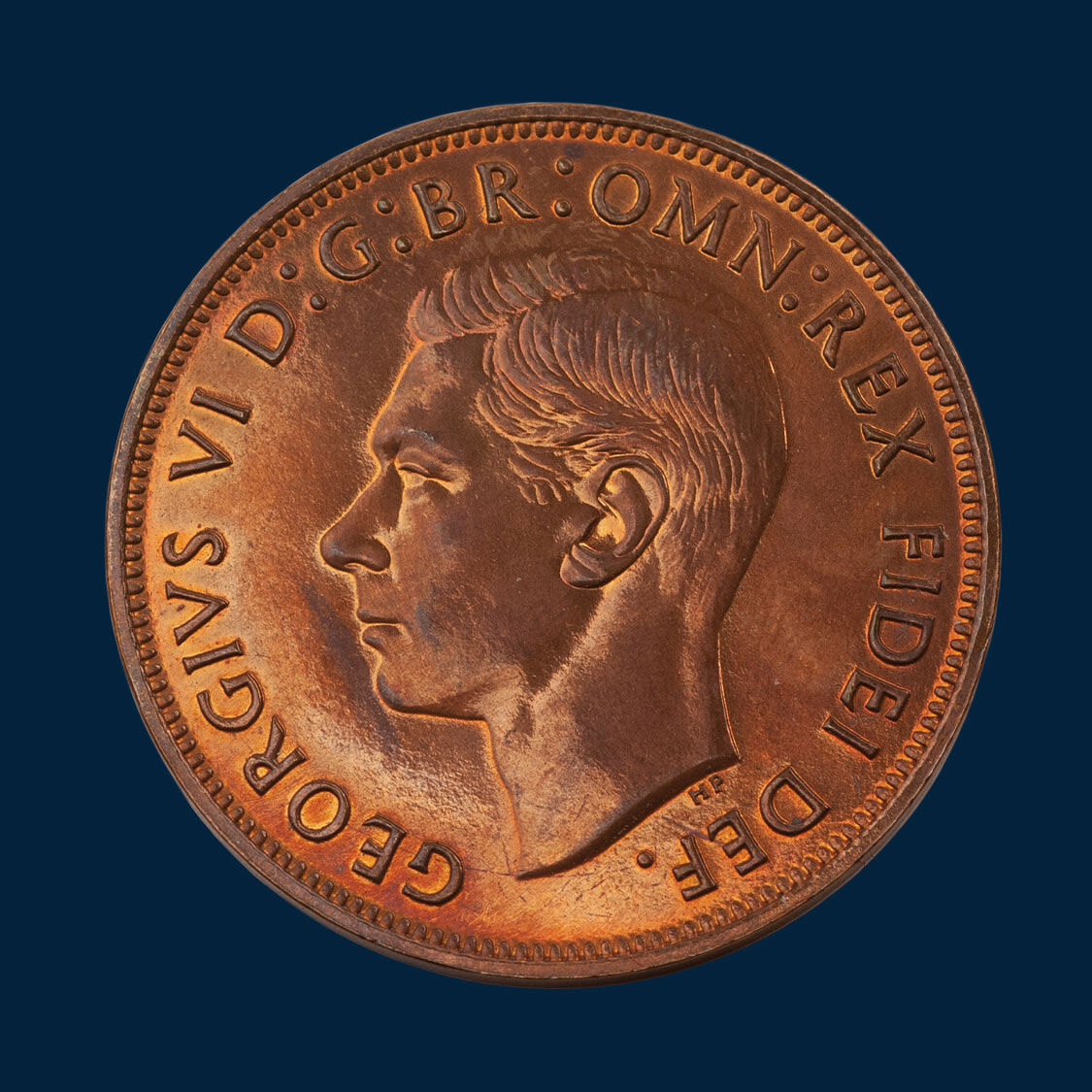
2. Proof coins have a wonderful connection to the past.
They are the story tellers, defining an era, or a year, like no other coin. Proofs can also define an occasion. And a monarch. And they tend to have a connection to a prominent person, either a dignitary, a Mint Master or an influential collector.
3. Perth Mint proof pennies and halfpennies are exclusive.
The coins were struck in extremely limited numbers with the bulk of the mintage gifted to public institutions or museums, out of reach of collectors. Extremely rare in today’s market, we would be lucky to sight one high quality Perth proof at auction annually.
4. Collectors are all but guaranteed that the market will never be flooded with examples.
So, it is a sector that offers financial stability and has been the hunting ground of investors for decades. The sector also has strength because it has widespread support amongst the Australian dealer market.
5. The Perth Mint is still operating.
That the Perth Mint is a leading coin producer makes their pre-decimal proofs historical. But also vibrantly current. So the ‘Perth Mint’ message remains strong, underpinning future interest.
This Proof 1952 Penny is extremely rare. We might sight a Proof 1952 Penny on the market every three to four years. One as dazzling as this ... once in a decade, if we are lucky.
The discovery of vast gold fields in Coolgardie in 1892 and Kalgoorlie in 1893 triggered a Gold Rush in Western Australia and convinced the British Government to authorise the opening of a mint in Perth.
It was the third branch of the Royal Mint London opened in Australia following the establishment of the Sydney Mint in 1855 and the Melbourne Mint in 1872.
The Perth Mint was established in 1899 and remained a gold producing mint from the year of its opening until 1931 when Australia struck its last sovereign.
For nine years, the coining presses at the Perth Mint ground to a halt. Then early in November 1940, the Australian Government requested Perth to undertake the coining of Australia’s bronze pennies and halfpennies.
The Melbourne Mint had been called upon to do munitions work during World War II and assistance was sought from the Perth Mint to meet Australia’s currency requirements.
The Perth Mint continued to strike copper coins until 1964, when two years later Australia converted to decimal currency.
Established as a branch of the Royal Mint London, the Perth Mint adopted the practices of its master and struck proofs of those coins being struck for circulation.
In accordance with minting traditions the Perth Mint struck proof record pieces of those coins being struck for circulation. There was no hint of commercialism in the production of these pieces.
Posterity, the preservation of Australia’s coining heritage … that and a passion for numismatics were the driving forces behind their striking. The collector market per se was denied access to the coins.
When the Perth Mint struck a proof penny, its intention was to create a single, copper masterpiece. Coining perfection. Perfection in the dies. Wire brushed so that they were razor sharp. Perfection in the design, highly detailed, expertly crafted. Perfection in the fields, achieved by hand selecting unblemished blanks, polished to create a mirror shine.
Perfection in the edges to encase the design … exactly what a picture frame does to a canvas. A proof coin was never intended to be used in every-day use, tucked away in a purse. Or popped into a pocket.
Proof coins were struck to be preserved in the mint's archives as a record of Australia’s coining history, time-capsuled for future generations. Proof coins were also used to showcase a mint’s coining skills, to display at major worldwide Exhibitions or sent to other mint’s and public institutions.
The rarity of the Perth Mint proofs was confirmed in 1995 in an article published in the NAA journal (Volume 8) by John Sharples, the then Curator of Australia’s Numismatic Archives. He examined the distribution of proof coins recorded in Perth Mint communications and records over the period 1940 – 1954. He noted that two private collectors (most likely Syd Hagley and Ray Jewell) received examples of the pre-1955 proof coins, such was the influence of these collectors.
The balance of the mintage, however, was destined for the mint's own archives with the majority sent to Public Collections and Numismatic Societies. The official list authorised to receive Perth proofs were the Australian War Memorial, Royal Mint London, British Museum, Royal Mint Melbourne, Japan Mint, National Gallery SA, Art Gallery WA, National Gallery Victoria, Victorian Numismatic Society, South Australian Numismatic Society and the Australian Numismatic Society.
That the bulk of the mintage was gifted to institutions is the very reason why they are so rare in today's collector market.
Number of Pennies believed struck at the Perth Mint (1940 - 1954)
Proof 1940 Penny 5
Proof 1941 Penny 7
Proof 1942 Penny 11
Proof 1943 Penny 12
Proof 1944 Penny 12
Proof 1945 Penny 11
Proof 1946 Penny
Proof 1947 Penny 19
Proof 1948 Penny 16
Proof 1949 Penny
Proof 1950 Penny 15
Proof 1951 Penny 14
Proof 1952 Penny 15
Proof 1953 Penny 20
Proof 1954 Penny 0
Number of Halfpennies believed struck at the Perth Mint (1940 - 1954)
Proof 1940 Halfpenny 0
Proof 1941 Halfpenny 0
Proof 1942 Halfpenny 0
Proof 1943 Halfpenny 0
Proof 1944 Halfpenny 0
Proof 1945 Halfpenny 8
Proof 1946 Halfpenny 13
Proof 1947 Halfpenny 13
Proof 1948 Halfpenny 18
Proof 1949 Halfpenny 16
Proof 1950 Halfpenny 15
Proof 1951 Halfpenny 8
Proof 1952 Halfpenny 16
Proof 1953 Halfpenny 20
Proof 1954 Halfpenny 15
PERTH MINT PROOFS - FAQS
Why do proof coins vary in value? Why aren’t they all priced the same?
Proof coins vary in value because of their availability. Some years are more available than others.
And proof coins also vary in price because of their quality.
The term proof defines the process by which coins are minted and it most certainly does not guarantee that a coin will be worth owning.
While it is true that proof coins do have smooth fields, and in most cases the fields are reflective. Proof coins also have a highly detailed design and they do have well defined, glossy edges.
But (and this is the important bit) if they have been mishandled over the years and toned harshly or perhaps accidentally been used, they are not, in our book worth having. They are souvenirs only.
For you as the buyer that means that there are poor proof coins, average proof coins and proofs that you simply cannot take your eyes off because they are so sensational. And the sensational proofs are extremely rare and will attract a substantial price premium over one that is poorly preserved.
What is a Proof Penny? And how does it differ from a circulating Penny?
Unless you are a professional numismatist, a photo of a PROOF penny and a CIRCULATING penny, will almost always look the same because they share the same design. And both coins are made from bronze. But there is a vast difference in the way in which they are produced. And under close scrutiny, they have characteristics that make them very different.
A word of warning.
PROOF coins must be sensitively handled and holding them in your hand may ultimately impact negatively on their delicate surfaces. With a consequential impact on their value.
So, if you are struggling to know how to handle the coin to determine if it is a PROOF coin, take your coin into your local coin dealer.
Coins are struck in two different styles and for two distinctly different purposes.
Coins are struck so that they can be used in every-day transactions. We call it circulating currency - coins that circulate. Circulating coins are mass-produced in the millions in what can only be described as a factory environment and distributed through the banks at their face value.
Coins can also be struck to PROOF quality. A proof coin is a specially made coin distinguished by sharpness of detail and usually with a brilliant mirror-like surface. A PROOF coin is never intended to be used.
Proof coins are struck in highly controlled environments. And while today’s production of proof coins has been made faster with innovative machinery, in the nineteenth and twentieth centuries creating a proof coin was a painstakingly slow process. Coin blanks were hand-selected and were polished to achieve a smooth mirror shine. The dies were also specially brushed to ensure the design was perfectly executed and crisp. Because the process was arduous, proof coins were always struck in limited numbers.
Did the Perth Mint strike proof coins for collectors?
John Sharples in his research on the Perth Proofs noted that two private collectors (most likely Syd Hagley and Ray Jewell) received examples of the pre-1955 proof coins, such was the influence of these collectors.
The balance of the mintage, however, was destined for the mint's own archives with the majority sent to Public Collections and Numismatic Societies.
The very reason why they are so rare in today's collector market.
Coinworks recommends
© Copyright: Coinworks
